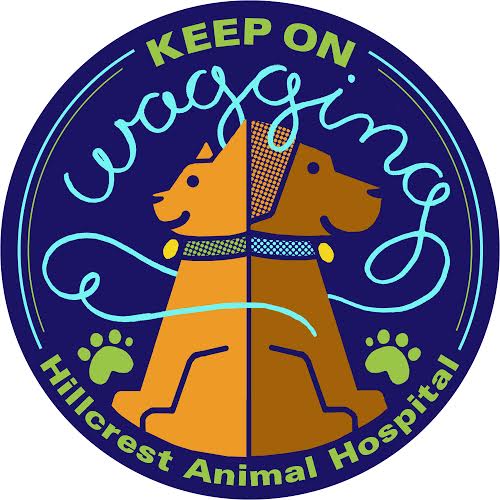As Halloween is approaching, many of us will be celebrating with costumes, candy, visitors, and activities. This season can be fun for the whole family, including our beloved furry family members. While enjoying this festive season, we also need to keep in mind the safety of our pets.
Pets are attracted to the smell and taste of all the treats we hand out to our trick or treaters. Chocolate is one of the most common toxic foods that our four-legged friends indulge in when left unattended. Chocolate of all types can be very dangerous to our pets (the worst being baker’s chocolate). Symptoms of chocolate poisoning may include vomiting, diarrhea, rapid breathing, increased heart rate, and seizures. Raisins and artificial sweeteners are also toxic and should be avoided. Scruffy and Fluffy will not unwrap the candy prior to snacking which may lead to wrappers in their stomachs. This could cause an extremely upset tummy, and should be avoided! This is the pet poison hotline’s busiest time of year. Please make sure that all candy is kept away and out of reach during this Halloween season. Mysteriously missing candy may also be cause to check on your pet. If you suspect your pet has indulged in candy, please contact the ASPCA pet poison hotline at (888) 426-4435.
Dressing up your pet for Halloween can be enjoyable. Some pets love to make a debut in their costumes. Scared or stressed pets should only be dressed in their "birthday suits". Avoid costumes that may restrict your pet’s eye sight, hearing, or breathing. Do not leave your pet unattended in a costume. Please "like" us on Facebook and show us your pet’s costume in our annual Halloween pet costume contest!
Candles and electrical cords are common items used to decorate during this season. These can lead to burns (or worse) on their noses and tails. Battery operated lights and fake candles are a great, and safe, alternative to these hazards. A chewed electrical cord could lead to shock and death of your pet.
Keep your pets from running out the door when trick or treaters arrive, and make sure they have proper identification on them just in case! Microchips are a permanent identification tracker that can help fluffy or scruffy find their way back home in the unfortunate circumstance that they run away. Consider keeping your pets to a closed off area of your residence during busy trick or treat hours.
We hope you have a happy howl-o-ween!
Dr. Erica Stephenson
www.hillcrestah.com





